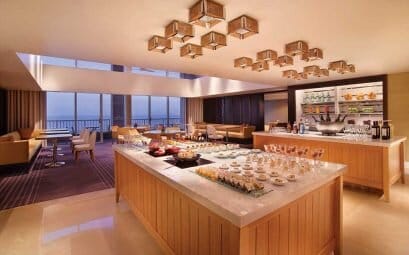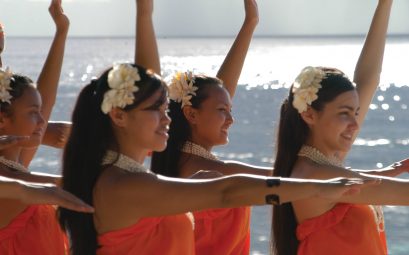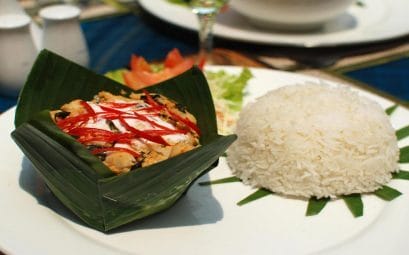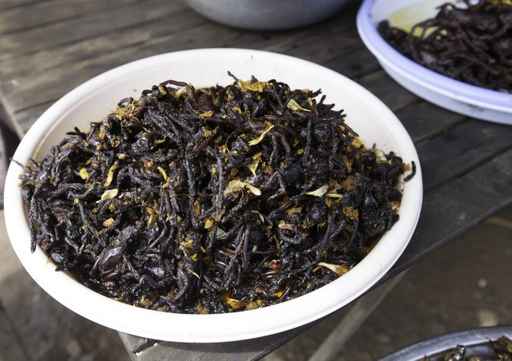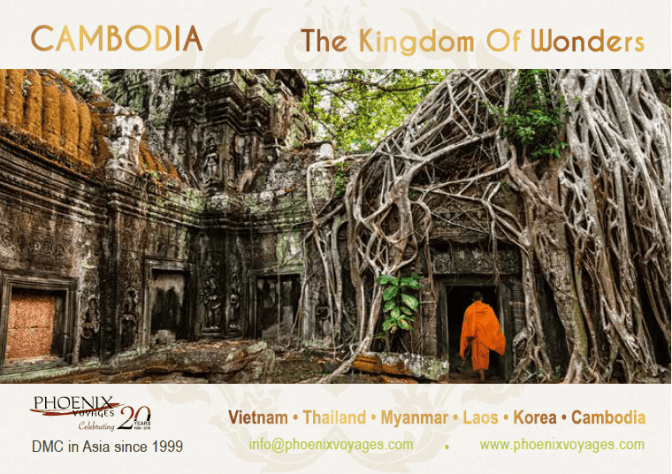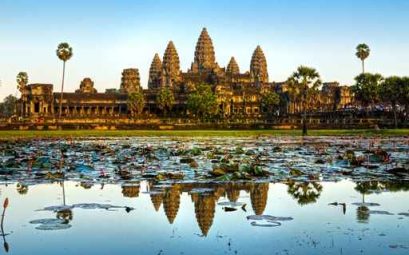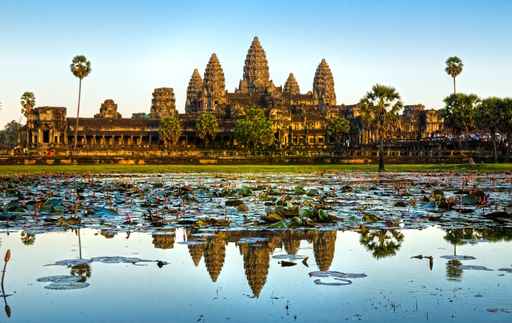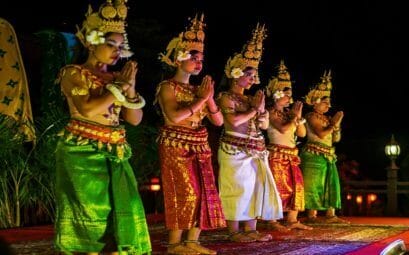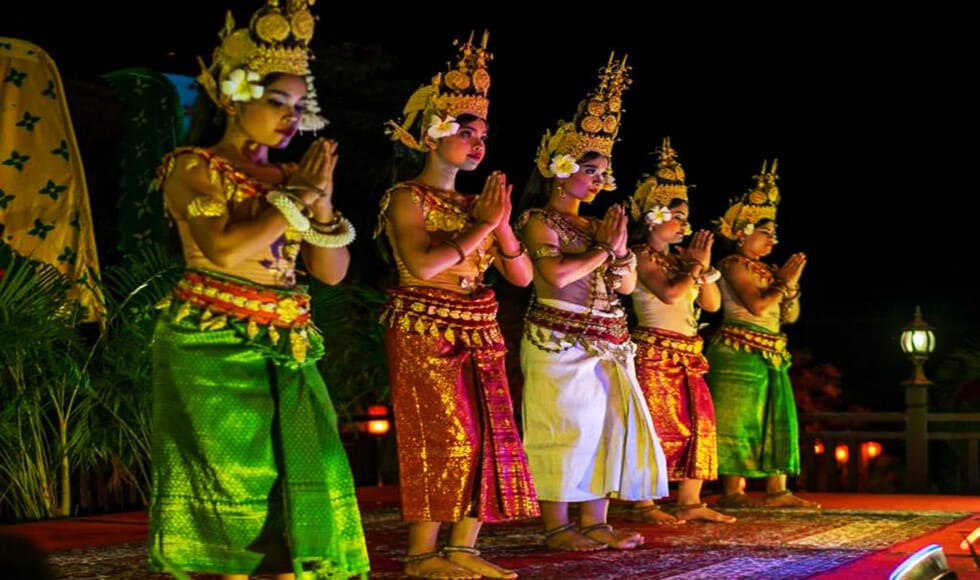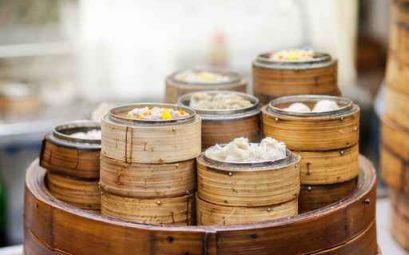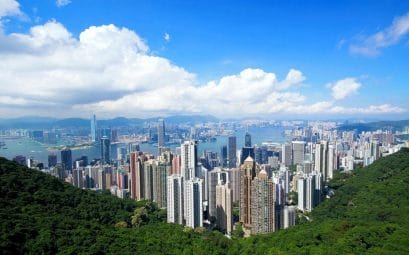Places to Visit In Guam
Visit beautiful limestone forests unique to Guam and view the indigenous plants, like the pahong, used for its waxy lining and edible seeds that the Chamorro people still use today.
Go on a river tour to experience Guam’s native culture and lush jungle or take a trip back in time to visit Guam’s six historical parks. Abandoned tanks, pillboxes, guns and bomb and shell craters, some being reclaimed by the jungle, stand as somber testaments to the Guam’s violent past in the World Wars I and II.
Guam has plenty to offer the adventurous explorer – from kayaking, hiking, windsurfing, parasailing, jet-skiing to dolphin watching. You can also tee off at its world-renowned golf resorts.
Diving & Snorkeling in Guam
Stunning coral reefs and clear crystalline blue lagoons, teeming with colorful aquatic life ring Guam’s white sand coastline.
With its military history and significance in the World War I and II, Guam’s appeal to scuba divers is especially strong in its shipwrecks. Wreck dive the Tokai Maru and SMS Cormoran where you can get to touch a shipwreck from World War I at the same time as another from World War II.
Guam’s proximity to the Mariana Trench, the deepest portion of the Earth’s oceans, also brings with it a mind-blowing variety of marine life and terrain for divers and snorkelers to explore.
Turtles, spotted eagle rays, and white tip reef sharks abound as octopus, large tuna, and unicorn fish come out to play with giant eels and spinner dolphins giving divers a spectacular visual treat that often comes just once in a lifetime.
Shopping in Guam
The Chamorros are skilled craftsmen known for their intricate weaving of accessories and trap. Bring a piece of Guam home with you when you pick up traditional woven bags, hats, boxes and such at Gef Pa’go, Inajaran, where you can also learn to weave.
Apart from souvenirs, duty-free shopping is a delight at the Tumon Bay area, where a gleaming DFS Galleria is located a short distance away from Tumon Sands Plaza, a shopping haven filled with luxury labels.
Factory outlet shopping can also be done at the Guam Premier Outlets and Ross Dress for Less, where plenty of bargains await you.
Another must-go is the Kmart in Guam – touted to be the largest in the world.

